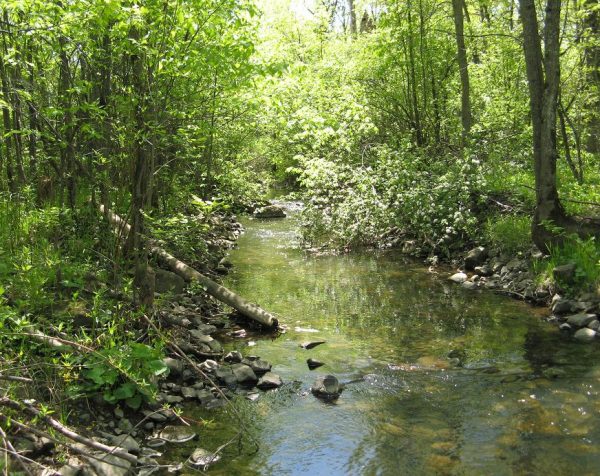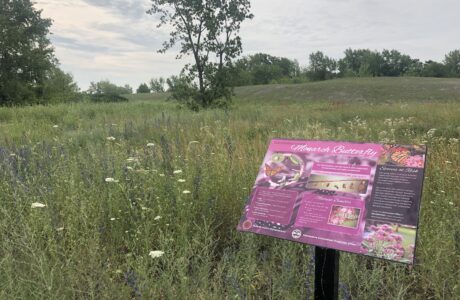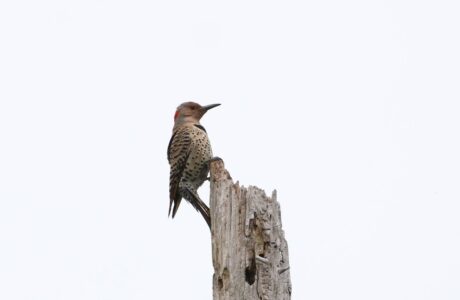KEPO carries out many different educational initiatives. We prepare and deliver presentations or workshops on a wide variety of environmental topics. KEPO provides environmental knowledge at community events, youth groups and summer camp activities, and gives talks or field walks for local schools. Throughout the years we have developed many educational resources about our environment in Kahnawà:ke and Tioweró:ton.
Follow us on Instagram
Did you know in March 2022 KEPO launched a survey to gain community input on a number of environmental matters, with an emphasis on the potential development of environmental laws and protected areas in the community? KEPO wants to reignite the conversation and to get us started, here is a reminder of some key findings from the survey! As a new Environment Protection Law is now in que for the CDMRP process, we want to hear more about your environmental priorities!
#kahnawakeenvironment #environmentprotection #protectedareas

Nia:wen to the @kahnawakecollectiveimpact Food Sovereignty Action Team for inviting KEPO to share and learn at the 2024 Seed Conference. 🌱 We discussed pollinator protection, invasive species, food forest and soil remediation.
The seed sale starts at 1pm! Open to all at the Knights of Columbus. ‼️
#kahnawakeenvironment #communityevent #foodsovereignty #permaculture

Excited to be at the KSS Career Fair today! Interested in the environmental field and where to start? Stop by! Open to the community from 3-5pm.

🐝 Check out the latest issue of the Buzz at KEPO newsletter and find all past issues linked here: kahnawakeenvironment.com/news-and-events/news/.
The Buzz at KEPO includes detailed project updates, upcoming events, and local wildlife profiles. Read online or pick up a copy of the latest issue at Tóta Ma`s Café.
#kahnawakeenvironment #buzzatKEPO #news

Niawenhkó:wa to everyone who joined us for the North Creek Community Visioning Project meeting. With input from community members and our consultant (Water’s Edge), we have identified a few priority areas where restoration works could take place along North Creek.
We will be hosting a third workshop once designs have been drafted for these works. If you would like to have your input included as we finalize these priority areas, please email environmentprotection@mck.ca or call (450) 635-0600, so we can schedule a time to record your input. The deadline to submit your recommendations is February 2nd.
#kahnawakeenvironment #northcreek

The North Creek Community Workshop is taking place tonight at the Golden Age Club starting at 5PM.
Listen in to K1037 today at noon to learn more!🐟

Check out the latest issue of The Buzz at KEPO!🐝
👇
www.kahnawakeenvironment.com/the-buzz-at-kepo-2-3/

KEPO participated in the 2023 Christmas Bird Count this past Saturday, December 16th. Two teams participated in Kahnawà:ke. The inland team stopped at different places in the community from Big Fence, 207, seaway road and the island. The seaway team was on the North Wall from the locks to the end of the Kahnawà:ke land base.
The inland team counted 33 unique species. The seaway team had 23 species. The full results can be found on our website here: https://kahnawakeenvironment.com/cbc-2023/
Niá:wen to all community members who allowed us to stop by their property for the count. This information is valuable for bird conservation efforts.
1. Downy woodpecker
2. House finch
3. Mourning dove
4. Tufted titmouse
5. Brown creeper
6. Red-bellied woodpecker
7. Red-tailed Hawk.
Photos courtesy of Catherine Jarjour.

KEPO put out a survey to the community for the North Creek Community Visioning Project. The survey closed earlier this week after two weeks. The goal was to learn more about the history of the creek and identify top priorities for upcoming environmental restoration work.
We received a total of 55 responses. Thank you to everyone who took the time to share your thoughts. 🐟
We hope to speak with more community members, especially those who live next to the creek, to understand your concerns and hopes for restoration works.
More survey results and options for future restoration work will be presented at a community workshop on January 18th at the Golden Age Club from 5-8 pm. See you then. 🌱
#KahnawakeEnvironment #AquaticHabitats #WaterisLife

POSTPONED‼️
The Community Workshop for the North Creek Community Visioning Project will be postponed due to unforeseen circumstances. We plan to reschedule and continue the conversation in the New Year. Nia:wen.





